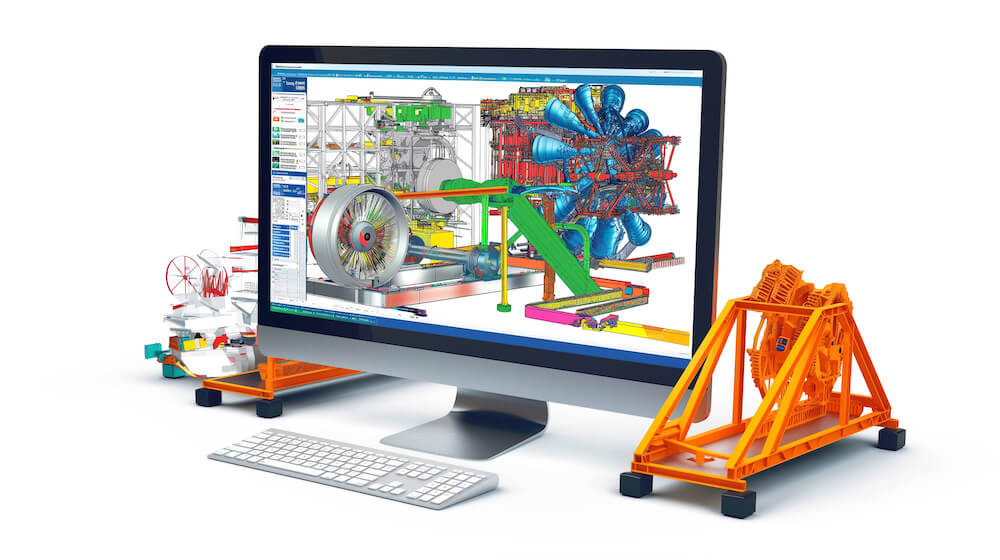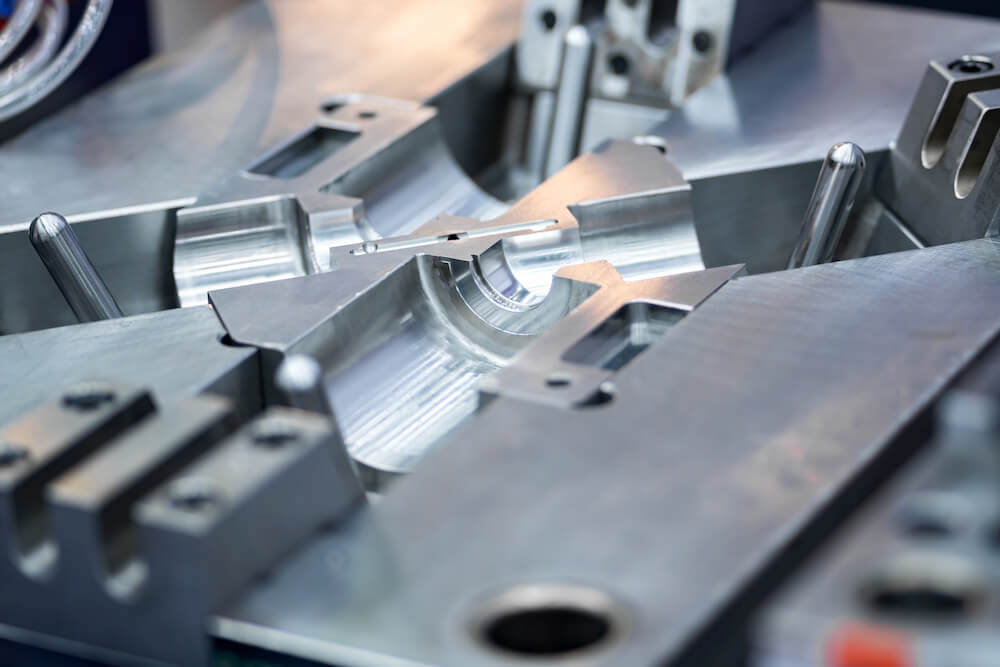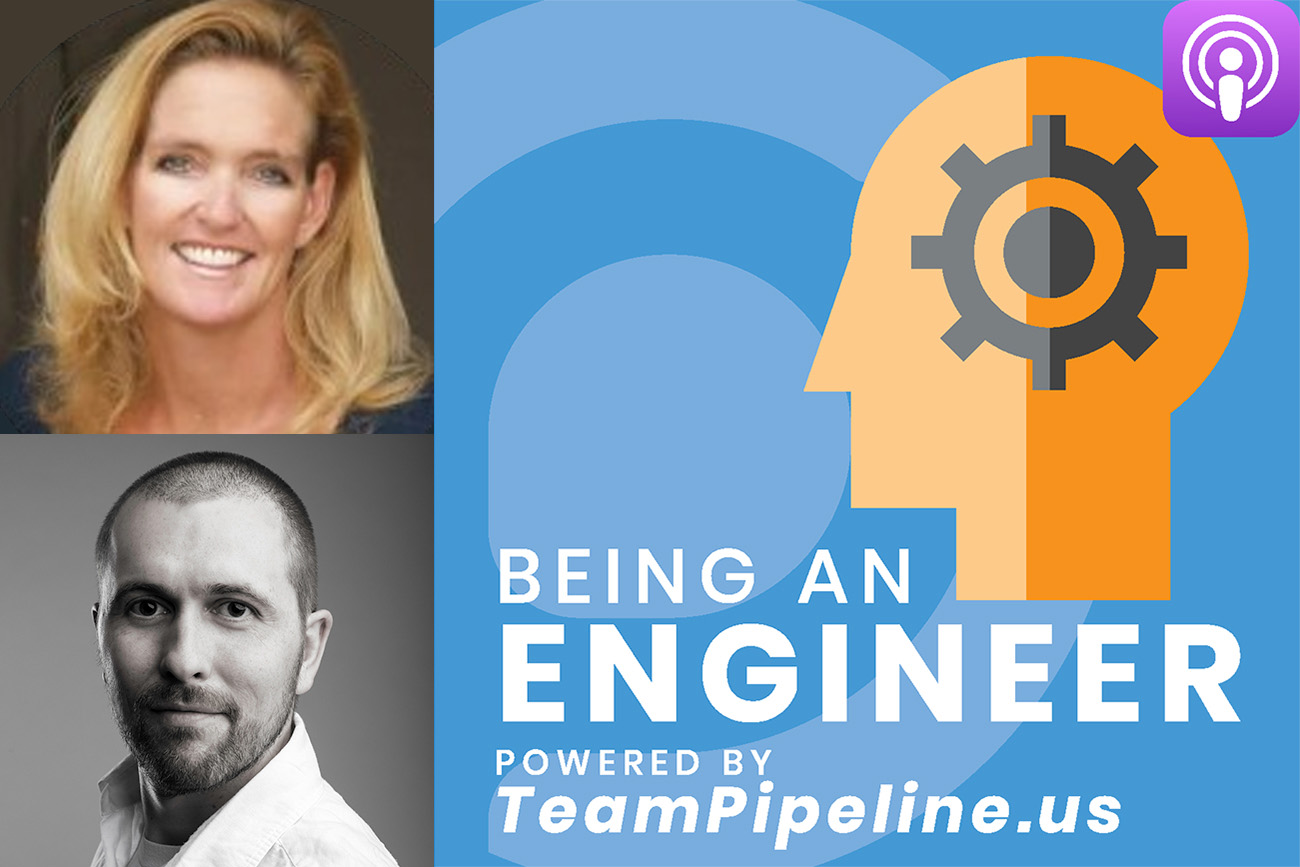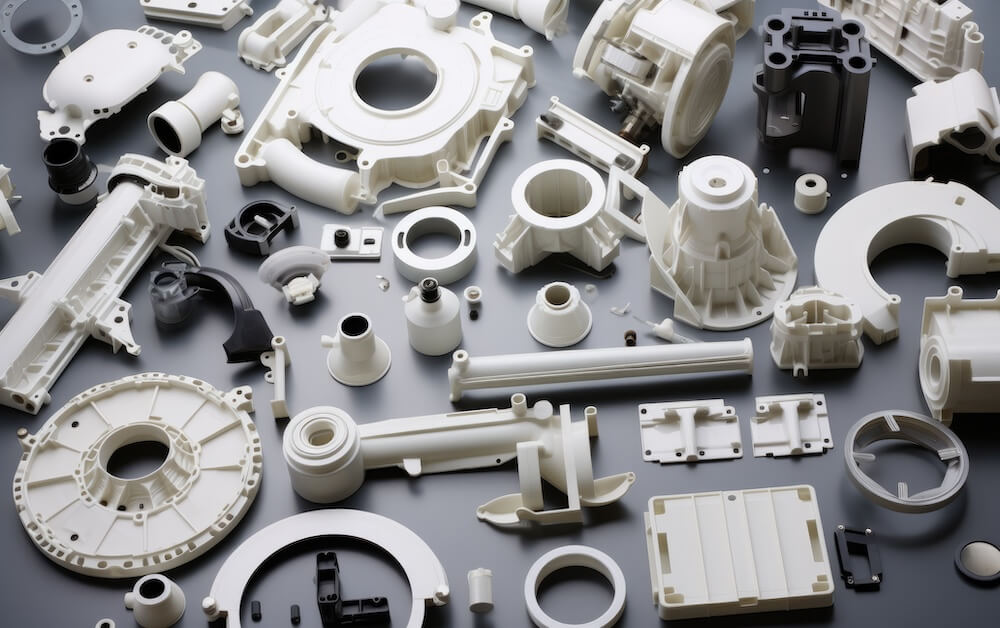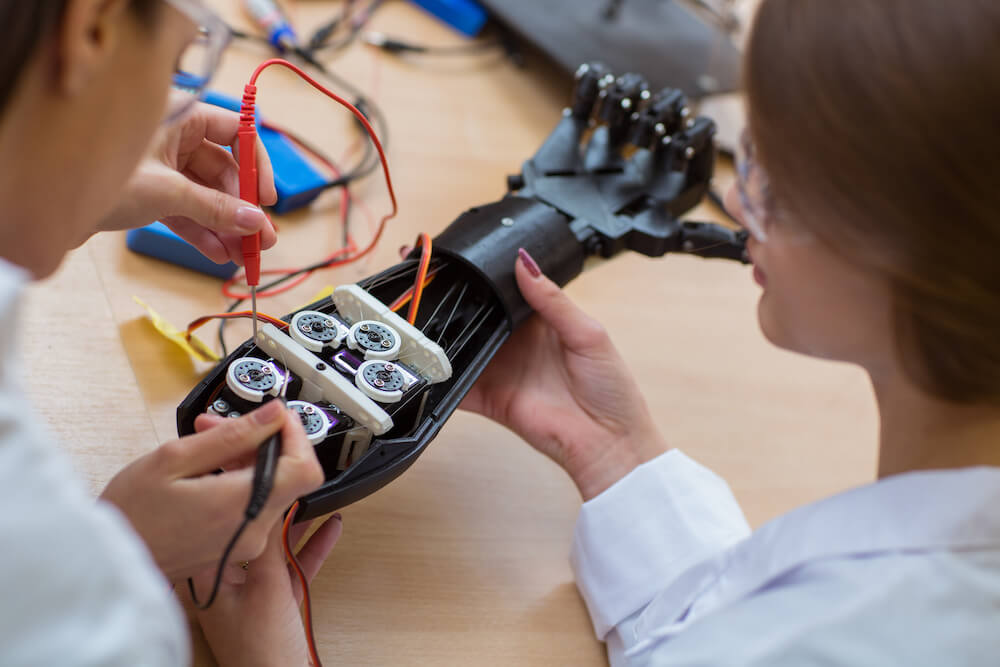
Articles
How to Effectively Communicate Your Plastic Product Idea to an Injection Molding Company for Prototyping
Effectively conveying your plastic prototype requirements to an injection molding company is essential for success. Our experts at Protoshop will walk you through the process in this guide, ensuring your vision is accurately translated into a high-quality prototype. Preparing Your Product Idea Before reaching out to an injection molding company, take the time to refine your concept: The more thought you put into your idea upfront, the smoother the prototyping process will be. Consider creating a product requirements document (PRD) that outlines all the essential features and specifications of your product. This document can serve as a valuable reference point
A Guide to Turning Your Plastic Product Idea into a Mass-Produced Product
Bringing a new plastic product idea to life can be exciting yet challenging. Taking an initial concept and transforming it into a tangible, mass-produced product involves creativity, strategic planning, and perseverance. While launching a successful new product is ultimately rewarding, it requires navigating many critical stages—from early design and prototyping to securing manufacturing capabilities and establishing market fit. Careful project management, along with having the right partners, can help minimize risks and maximize your chances of success. As experts in high-quality rapid prototype injection molding, we understand the ins and outs of ushering a product from prototype to production. Let’s
Incorporating DFM in Prototype Injection Molding
Prototype injection molding enables companies to quickly and cost-effectively produce low-volume plastic parts to test form, fit, and functionality before investing in full production tooling. However, many organizations fail to consider design for manufacturing (DFM) principles when developing prototypes. If DFM issues are only uncovered after the part is molded, this results in extensive and expensive mold rework. Engineers can minimize mold fabrication time and cost by optimizing parts for manufacturability, even at the prototype stage, while maximizing learning around part performance with fewer design iterations. A prototype resembling production intent provides key insights into any DFM refinements needed for
Protoshop’s Dylann Ceriani Appeared on the “Being an Engineer” Podcast!
We’re excited to share a transcript from the Being an Engineer podcast featuring Dylann Ceriani, our co-founder and principal mechanical engineer at Protoshop. Dylann provides a compelling overview of her engineering journey, highlighting her expertise in prototype molding and the distinctions between prototype and production molding. She also delves into material selection strategies and the regulatory aspects of medical device development. Dylann’s insights offer valuable knowledge for both new and experienced engineers, emphasizing Protoshop’s innovative approach to prototype tooling. Check out her discussion below to explore the forefront of engineering innovation with Protoshop Inc. Stay connected with our blog for
Aluminum Injection Mold Tool Life Expectancy: Factors Affecting Durability and Maintenance
Savvy businesses rely on rapidly produced prototype injection-molded parts to innovate and efficiently bring new products to market. While these molds can produce thousands of parts (even tens of thousands), they are not nearly as durable as production molds. Factors such as tooling material, design complexity, and maintenance practices affect tooling longevity and, ultimately, the number of parts that can be produced. Material Selection and Its Impact on Tooling Lifespan The most significant contributor to mold durability and performance is the choice of material from which the mold is built. Aluminum, in particular, is a popular choice for prototype molds
Where Can I Get a Prototype Made? Accelerating Product Development with Protoshop’s Prototype Injection Molding Solutions
Developing prototypes is a pivotal phase in new product development. Prototype parts provide the first tangible models to evaluate ergonomic design attributes, conduct engineering tests to validate strength and function, refine specifications based on physical rather than virtual models, and gather direct customer feedback on potential products. Thorough evaluation at the prototype stage minimizes risk before large investments in production tooling, manufacturing capacity, and market launch activities. Prototype plastic injection molding produces a limited number of plastic parts using soft tooling for testing form, fit, and function before committing to hardened production tooling. Prototype molds are designed to provide parts


